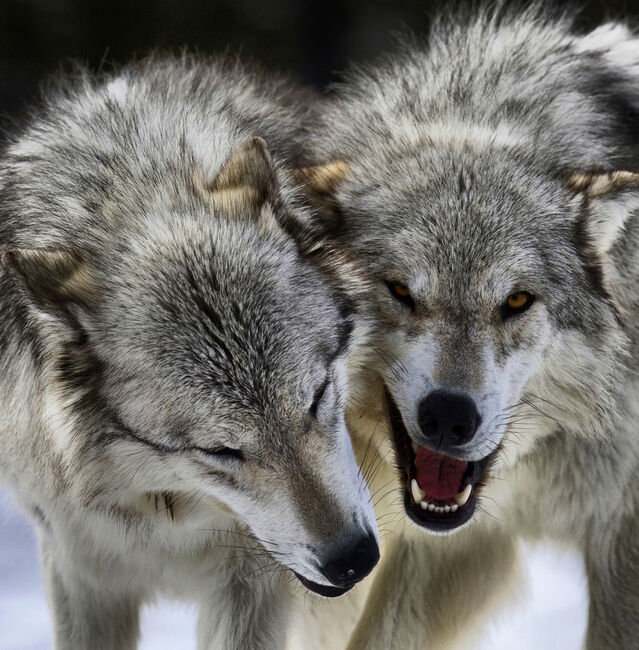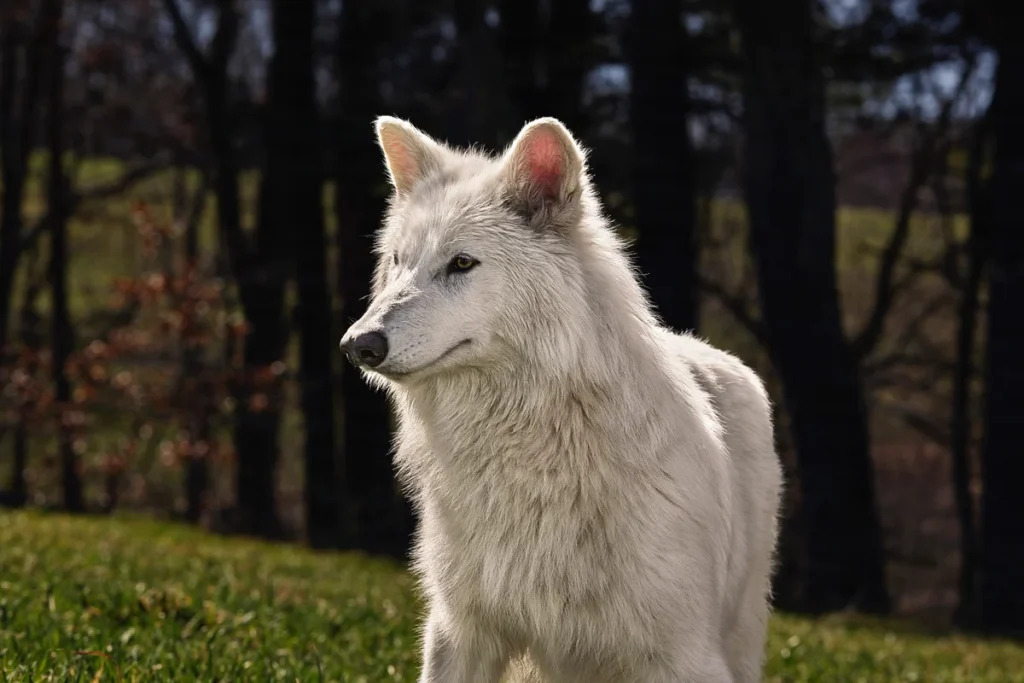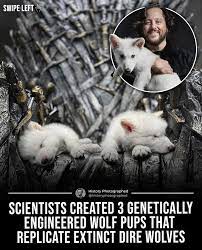How a Real-Life Ice Age Giant Ruled—and Vanished

We’ve all heard of direwolves, right? Thanks to fantasy shows and books, they’re often imagined as massive, mythical beasts with glowing eyes and impossible strength. But here’s the thing—direwolves were real. And while they weren’t the size of horses (sorry, Game of Thrones fans), they were among the most powerful predators of their time.
So what exactly were direwolves?
Where did they come from?
And why aren’t they still around today?
Let’s take a walk through time to explore the incredible evolutionary journey of the direwolf—from its ancient origins to its mysterious disappearance.

Where Did Direwolves Come From?
Unlike gray wolves that came to North America from Eurasia, direwolves were homegrown Americans. Scientists believe they evolved right here, probably from a now-extinct ancestor called Canis armbrusteri, more than 100,000 years ago.
They didn’t just show up overnight, of course. Over thousands of years, these canines adapted to a tough, competitive Ice Age world. Bigger prey. Bigger threats. And so—a bigger, stronger wolf was born.

What Made Them So Different From Today’s Wolves?
For a long time, people assumed direwolves were just larger versions of gray wolves—like a super-charged cousin. But recent DNA studies changed the story completely.
Turns out, they weren’t even close relatives.
In fact, direwolves split off from the wolf family tree about 5.7 million years ago. That’s so long ago, they couldn’t even breed with gray wolves or coyotes. Think of them as an entirely different chapter in the book of wild dogs—a unique, ancient branch that never mixed with the others.

Just How Big Were These Beasts?
Okay, let’s get to the part everyone loves: size.
Direwolves were big and beefy. Not fantasy-huge, but definitely larger and more powerful than any wolf today.
- They stood about 38 inches tall at the shoulder
- Measured over 5 feet long
- And weighed between 130 to 150 pounds
Their jaws? Massive and strong enough to crush bone. Their legs? Thick and sturdy—not built for speed, but for raw strength. They didn’t chase prey for miles. They likely ambushed them, overpowered them, and got the job done.

Where Did They Roam?
Direwolves weren’t picky about where they lived—as long as there was food. Fossils have been found all over North and South America, from Canada to Bolivia.
One of the most famous fossil sites is the La Brea Tar Pits in California. Thousands of direwolf bones were found there, trapped while trying to feast on animals stuck in the sticky tar. Those bones have taught us more about these creatures than we ever imagined.

Did They Hunt Alone or in Packs?
Based on the fossil evidence, injuries, and the way their remains are often found together, scientists believe The Evolutionary History of Direwolves were pack animals. Just like today’s wolves, they likely hunted together, raised pups together, and maybe even looked after their old or injured members.
Teamwork would’ve been essential—especially when facing off against mammoths, giant sloths, or ancient bison.

What Did DNA Research Reveal About Them?
In 2021, scientists pulled off something amazing: they decoded ancient DNA from direwolf fossils The Evolutionary History of Direwolves. And what they found was shocking.
- Direwolves weren’t related to gray wolves the way we thought
- They were part of a completely separate lineage
- They’d been isolated for millions of years in the Americas
This might explain why they struggled to survive when the Ice Age ended—they just weren’t as adaptable as their more flexible cousins.

Why Did Direwolf Go Extinct?
So, what happened to them The Evolutionary History of Direwolves
Around 9,500 years ago, direwolves vanished—right around the time a lot of Ice Age megafauna disappeared. The end of the Ice Age brought:
- Rising temperatures
- Shrinking habitats
- The extinction of their favorite prey
- And new competition—like gray wolves and early domestic dogs that were faster and more adaptable
The direwolf’s size and specialization, once its biggest strength, may have become its downfall.

How Are They Remembered Today?
Even though they’ve been extinct for thousands of years, direwolves live on in our stories, art, games, and imaginations. They’ve become symbols of wild strength and primal loyalty.
And honestly? The real creature is just as fascinating as the fantasy version—maybe even more.

🧠 What Can We Learn from Their Story?
The direwolf’s rise and fall reminds us that even the strongest species aren’t immune to change. Evolution favors those who adapt—not necessarily those who dominate.
By studying creatures like direwolves, we’re not just looking at the past—we’re also learning how nature works, how ecosystems survive and collapse, and maybe even how to avoid repeating history ourselves.

